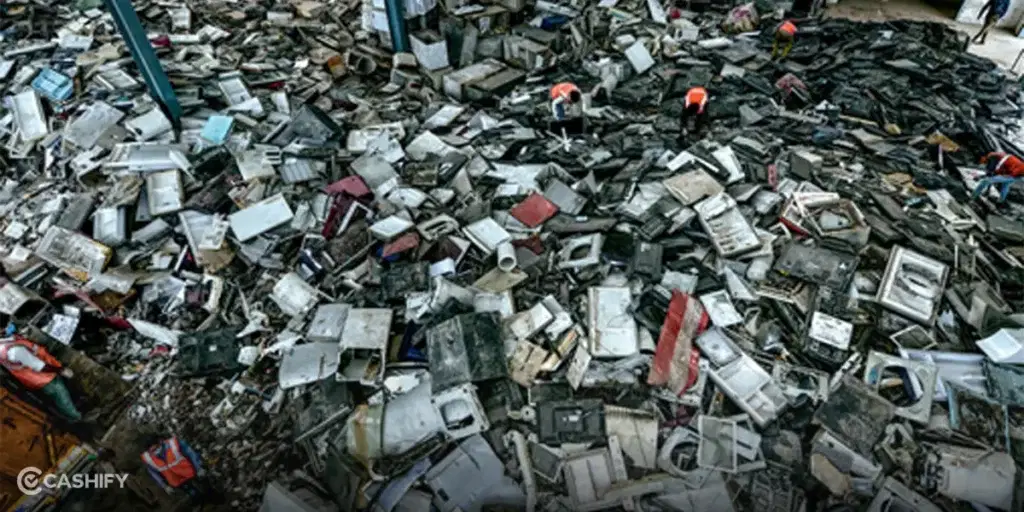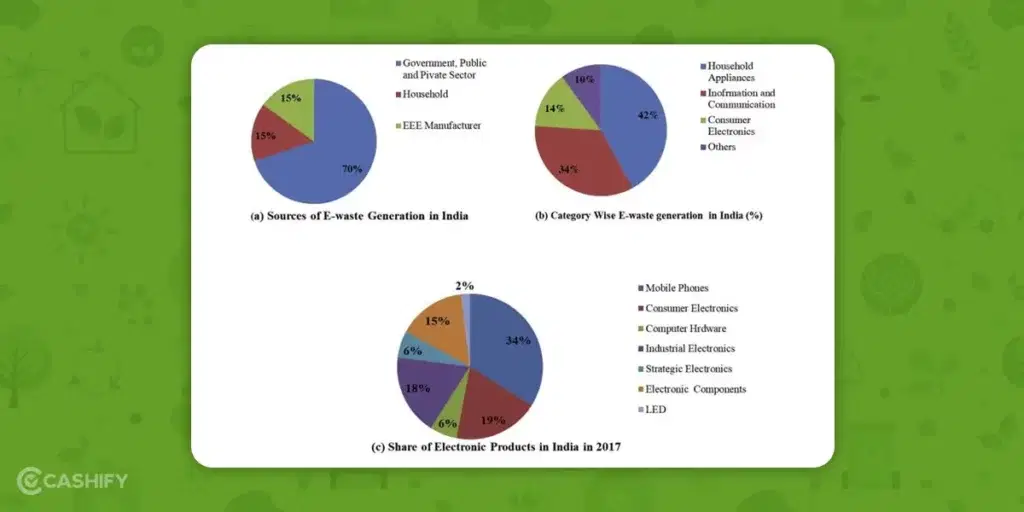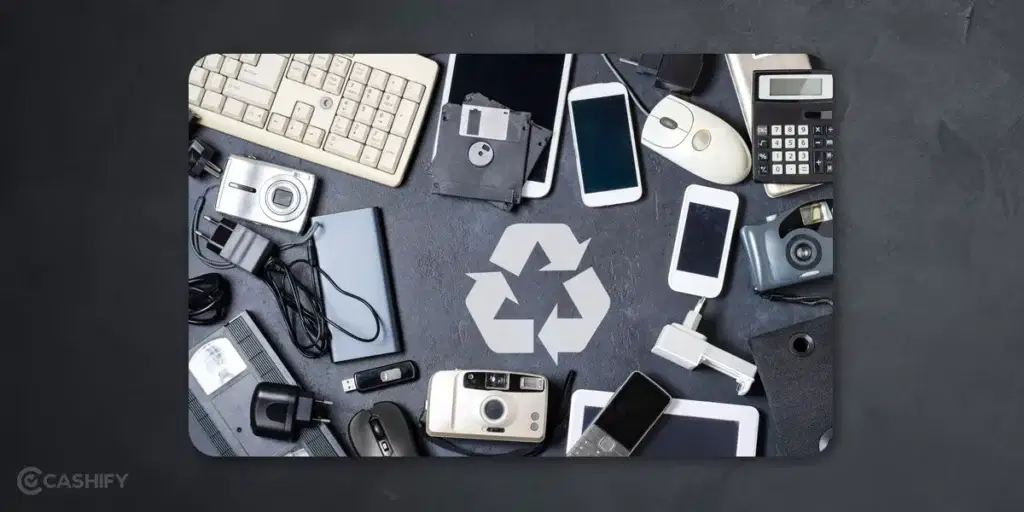e-Waste is one of the issues in the electronics industry that the world is grappling with now. With the booming population, there’s a surge in different kinds of electronics waste, too. However, the consciousness among people to dispose of their e-waste is rising rapidly, too. Even though government and private organisations have taken big steps to curb the generation of e-waste, much has to be undertaken in this regard, including the adoption of best practices around the globe.
Speaking of India alone, the country ranks third among the largest generators of e-waste list, with China and the USA, respectively. Prime Minister of India, Narendra Modi, emphasised the issue of electronic waste in his Mann Ki Baat episode, where he raised concern about how the country is producing a considerable 50 million tonnes of e-waste.
Also Read: World Environment Day : How Cashify Is Trying To Save Earth!
Indian Alert
A country like India is producing e-waste at an alarmingly fast as each urban household is likely to own a computer, a refrigerator, a CD or a DVD player, a mobile phone, a juicer, a toaster, a hairdryer, a vacuum cleaner and much more. Their disposal seems to be something that we have thought little about.

One of the common techniques for disposal is that the e-waste is collected, a large pit- commonly known as the landfill is dug, and the waste is dumped and buried altogether. This has caused problems such as soil erosion and toxic material seeping inside the soil, making it a bio-hazard.
Also read: 5 Eco-Friendly Indian Tech Startups That Do It The Best!
Developed countries prefer to send all their e-waste to India because of tax laws and poor management. This adds to the existing waste management problems that the country is facing.
Annually, the quantum of electronic waste is increasing at an alarming rate. The local authorities and common people are responsible for the poor management of electronic waste. The same is dumped in the yards without much care.
Here’s the latest look at the statistics of e-waste around India.
Also read: Ways In Which Recycling Helps Our Environment
Statistics & Facts: India & Globe
- As per the Central Pollution Control Board (CPCB), India generated 1.6 million tonnes of electronic waste in 2021-22 alone. This is a huge rise from the 700,000 tonnes of e-waste produced during 2017-18.
- 70 per cent of waste is generated by public, private, and government sectors alone.

- India has in place a robust law to handle the menace of electronic waste, with the latest being the e-Waste (Management) Rules, 2022.
- Maharashtra alone produces around 96000 metric tonnes of electronic waste every year, which is highest among any other major Indian city.
- The per capita electronic waste production is the highest in Europe. However, it also has one of the finest processes for electronic waste management.
Also read: How You Can Help The Environment By Selling Your Old Phone On Cashify
Health Hazards
The mishandling of e-waste has dire consequences for human health. When electronic devices break down or become obsolete, they are often dismantled by informal workers who lack proper protective gear and knowledge about the hazards they are exposed to. These workers may suffer from respiratory problems, skin diseases, and other ailments due to their close contact with toxic substances.

Furthermore, when e-waste is burned, it releases toxic fumes into the atmosphere, which can lead to respiratory issues, cancer, and other long-term health problems for nearby communities. Vulnerable populations, such as children and pregnant women, are especially at risk.
The Economic Toll
Beyond the health and environmental concerns, the electronic waste epidemic also has economic implications. Electronic devices often contain valuable materials like gold, silver, and rare earth metals. When e-waste is not properly managed, these valuable resources go to waste. In contrast, a well-organised recycling industry can not only recover these materials but also create jobs and contribute to the economy.
The Future
In times to come, the management and disposal of electronic waste will become a prominent parameter in checking waste processing systems around the globe. The middle and low-income economies that have to pay a huge price for their poor laws and tax compliance measures need to be revamped. Areas like Seelampur from the National Capital of India, Delhi, which follows zero regulation for waste management, have already begun paying a heavy price in terms of the locality’s compromised health and sanitary condition.
Also read: 5 Companies That Are Going Carbon Neutral: Word Environment Day
The tsunami of e-waste, as the United Nations (UN) calls it, is prevalently due to the booming level of electronic equipment production around the globe. With mandates and rules floating around, organisations have ramped up the existing measures to recycle electronic waste, and popular OEMs (Original Equipment Manufacturers) are taking steps to reduce their e-waste, popularly by giving the best value to customers in exchange for their old phones.











































